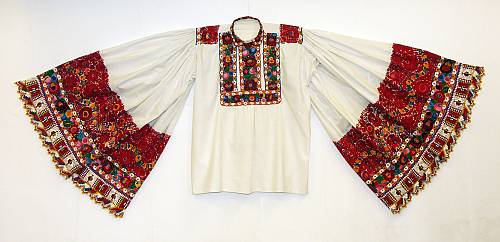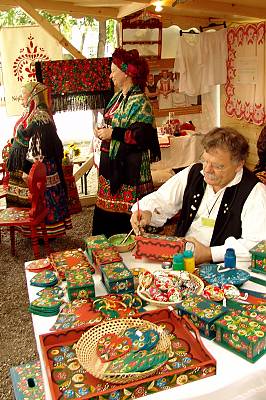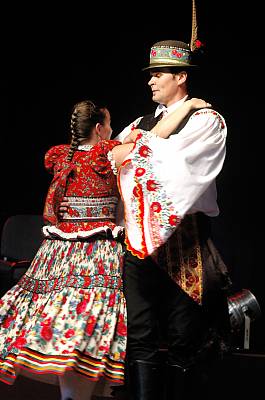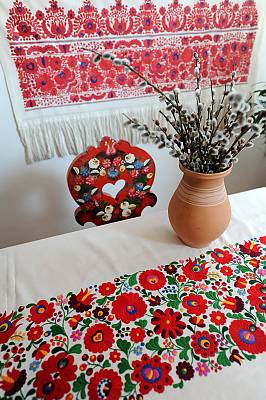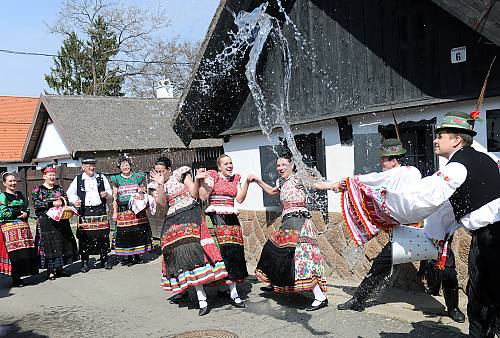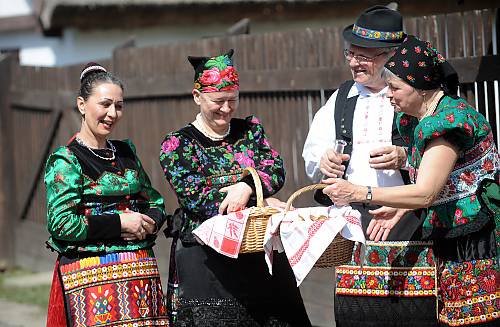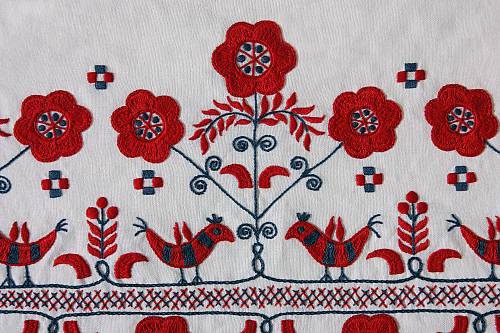Folk art of the Matyó, embroidery of a traditional community
Inscribed in 2012 (7.COM) on the Representative List of the Intangible Cultural Heritage of Humanity

The folk art of the Roman Catholic Matyó community in and around the town of Mezőkövesd in north-eastern Hungary is characterized by floral motifs that are found in flat-stitch embroidery and ornamented objects. Matyó embroidery decorates the traditional dress of the region, worn by local people in celebratory events and in folk dancing and singing. The floral motifs have played a crucial part in strengthening the self-image and identity of the Matyó community and are employed in interior decoration, contemporary fashion and architecture, in addition to embroidery. Community members established the Matyó Folk Art Association in 1991 to transmit the skills of embroidery and organize numerous cultural events and performances. In its Borsóka Embroidery Circle, anyone can learn the art, techniques and motifs of embroidery from experienced masters. In its Folk Dance Ensemble, members wear the finely embroidered traditional costumes, thereby contributing to their perpetuation. The national popularity of Matyó embroidery has made it into a form of auxiliary income, enabling women to buy the fine fabrics and supplies necessary for making elaborate costumes. Most often practised as a communal activity, embroidery strengthens interpersonal relationships and community cohesion, while allowing for individual artistic expression.
